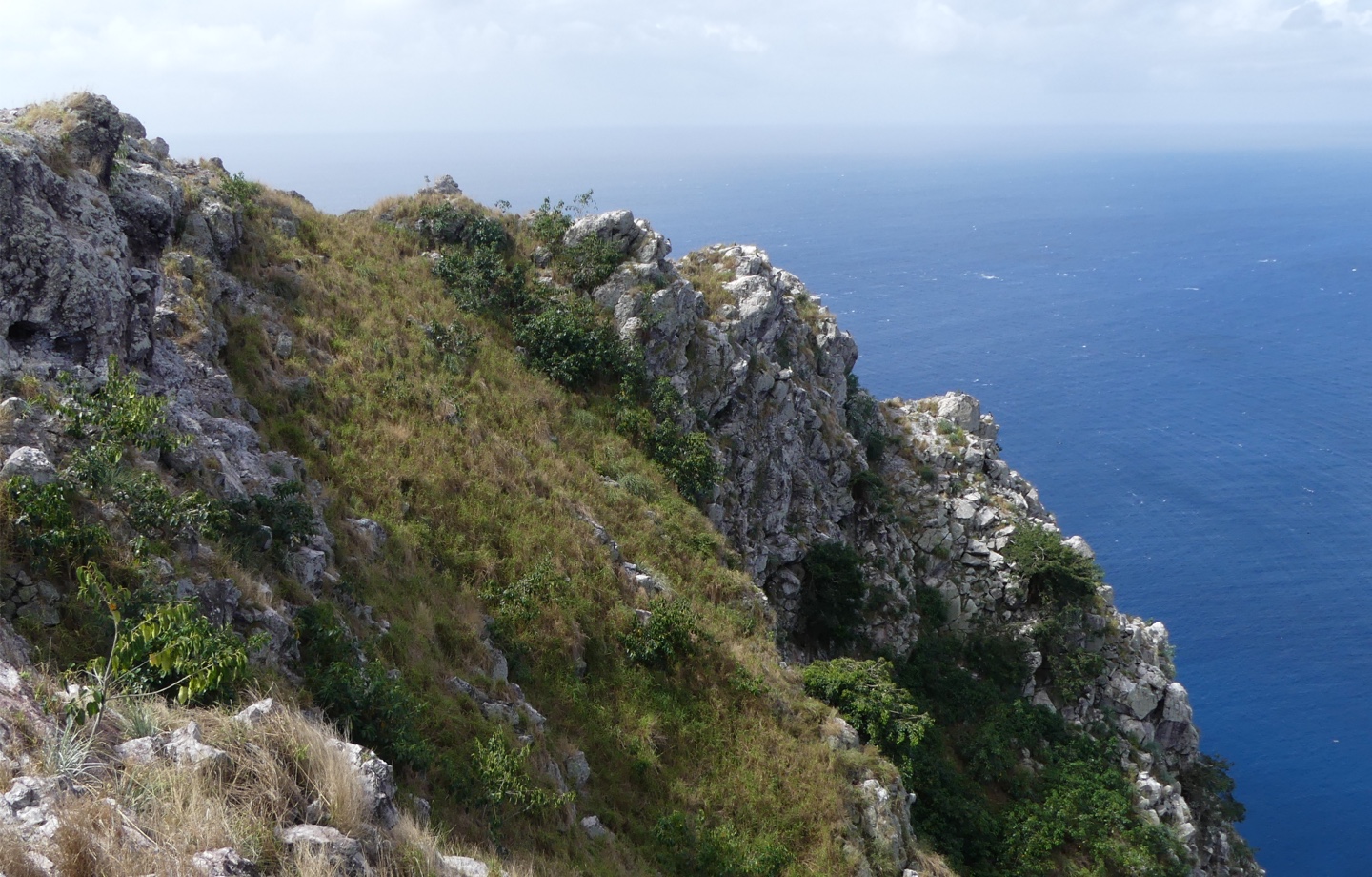Sustainability
How Rewilding Redonda Island Saved Species From Extinction
Re:wild helped save species on the small island of Redonda from the brink of extinction — and created a blueprint for rewilding and conservation efforts on a global scale.
This is the fourth article in our Earth Month series offering an in-depth look at our 1% For the Planet partner, Re:wild, and the wildlife and wildlands they’re working to restore and protect. Read our first three articles: How a Salamander Ignited a Search For Lost Species, From Ridge to Reef: Rewilding the Galápagos, The Baird’s Tapir is Essential. This Man is Saving Them.
If there was ever a success story that portrays the resilience of our planet’s essential ecosystems and the importance of protecting and rewilding them, it’s Redonda Island.
In 2016, the mile-long uninhabited volcanic formation in the Caribbean was a barren, rocky landscape, bereft of the lush tropical plants and beaches associated with this pocket of the world. But by 2022 — thanks to the tireless efforts of environmental nonprofit Re:wild, its key partner Fauna & Flora International (FFI), and local partner Environmental Awareness Group (EAG) in Antigua — native grasses, shrubs, and even trees once again blanketed the island’s cliffs, rare lizards scampered across the mountainous terrain, and beautiful seabirds stretched their wings overhead.
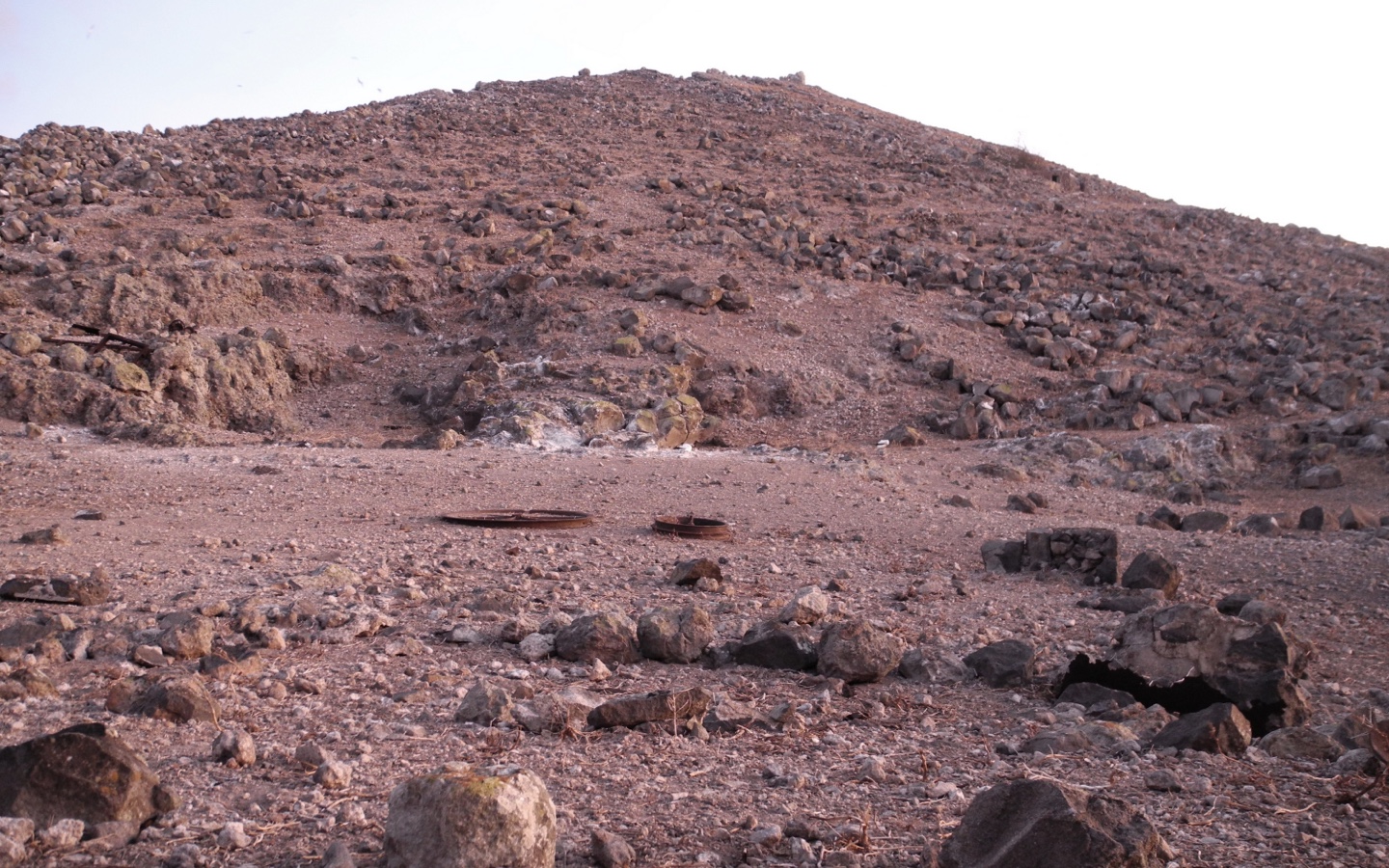
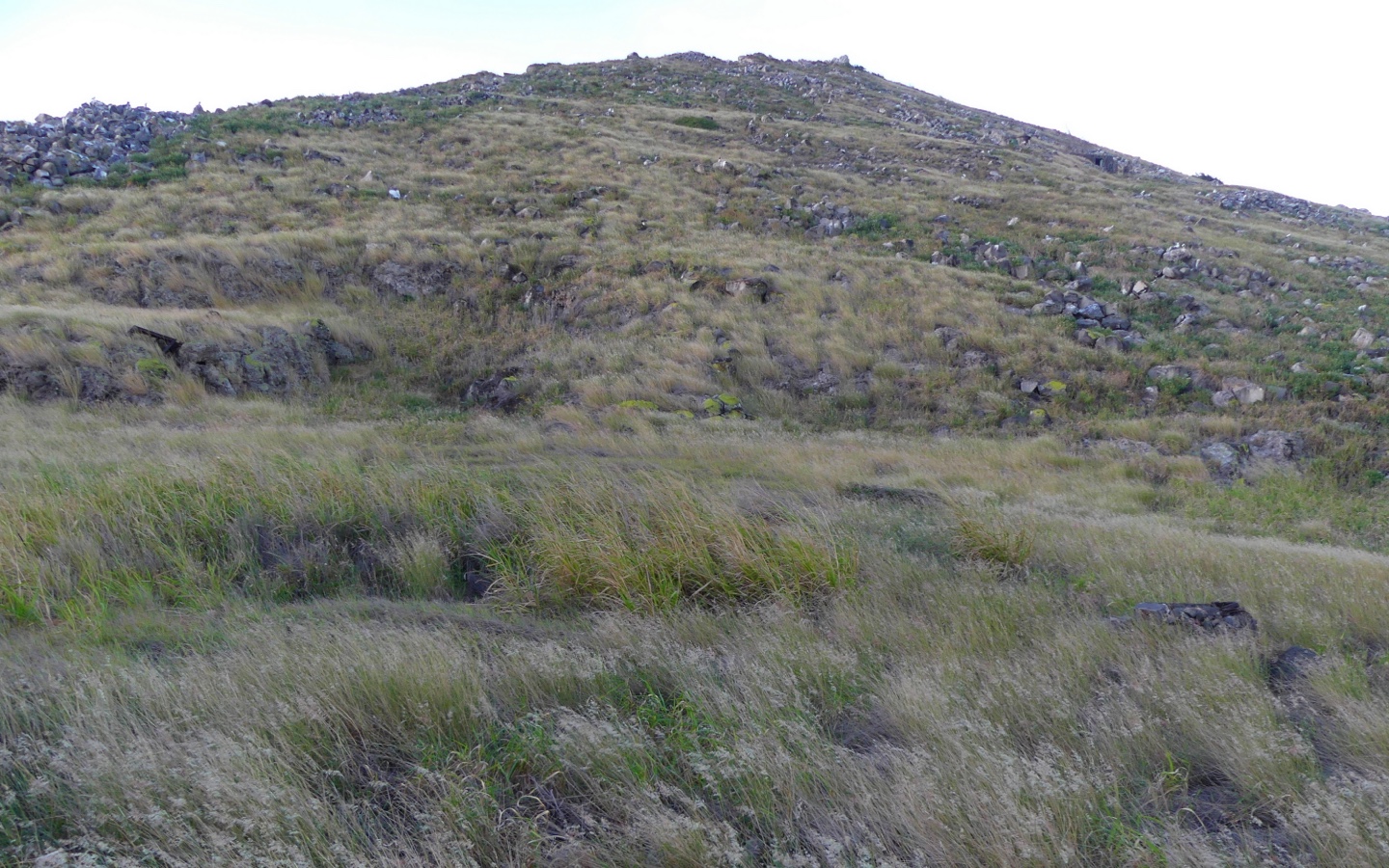
“The Caribbean Islands are severely threatened and have suffered from higher extinction rates than any other region,” says Jenny Daltry, Caribbean Alliance Director with Re:wild and FFI. “I have been working on emergency recovery and restoration programs in this region for over 25 years, and couldn’t refuse the call to save Redonda. But I must admit that this looked impossible at first — Redonda is very remote and encircled by tall, crumbling cliffs.”
Redonda is an environmental wonder. The island serves as a nesting ground for many seabirds — like Magnificent Frigatebirds, Masked Boobies, Red-footed Boobies, Red-billed Tropicbirds, and Audubon’s Shearwaters. The sea surrounding Redonda provides a critical feeding area for the endangered Green Turtle and critically endangered Hawksbill Turtle and is rich in corals, sponges, and large pelagic fish. And its rapidly recovering forests offer the ideal habitat for the Redonda Ground Dragon, the Redonda Tree Lizard, and the Redonda Pygmy Gecko — all of which are critically endangered and can be found only on this volcanic island.
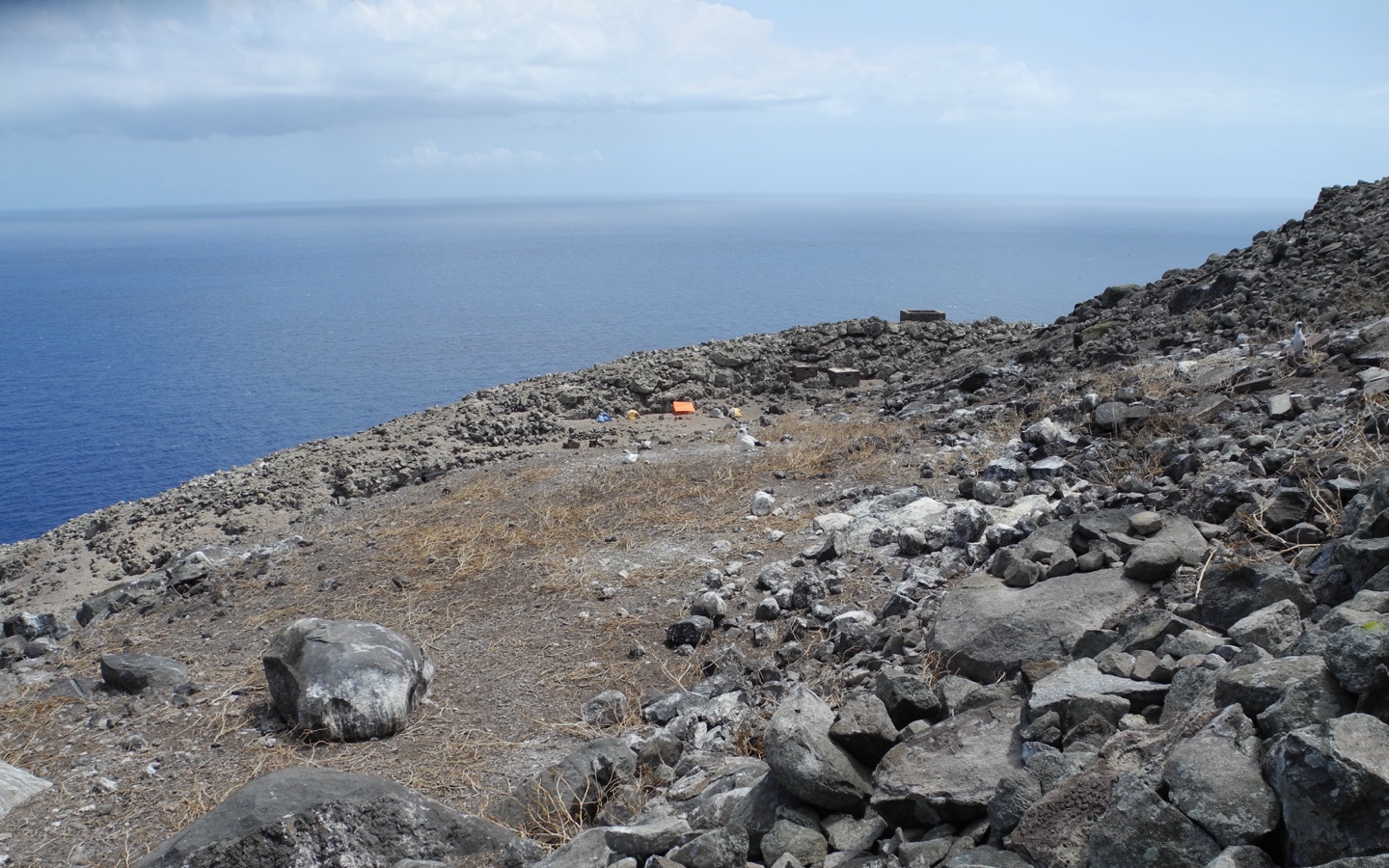
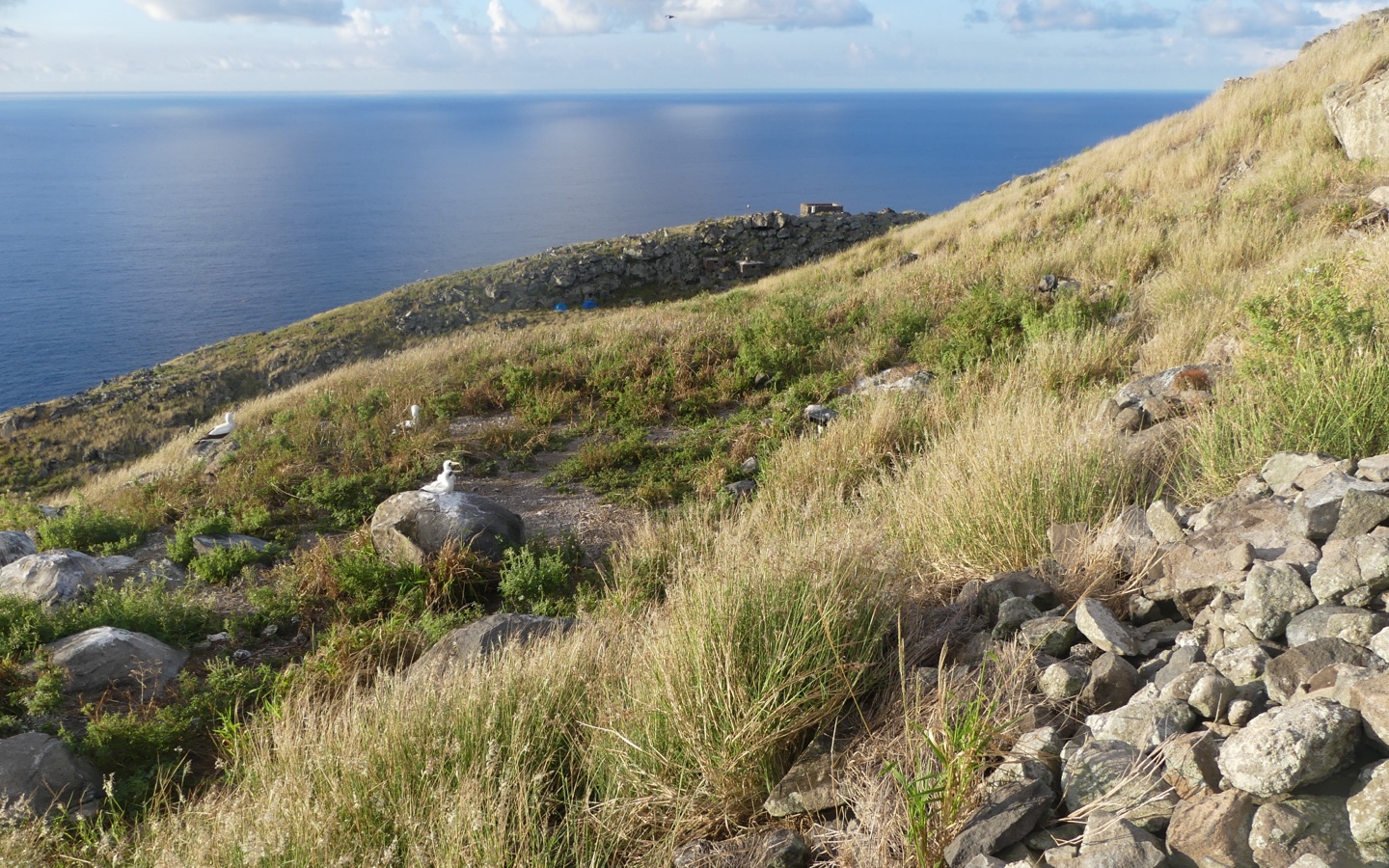
“Historically, it was said that you couldn’t walk on Redonda without walking on an egg because there were so many birds nesting,” says Johnella Bradshaw, current coordinator for the Redonda Ecosystem Reserve with the EAG.
Unfortunately, like many of our wildlands and wildlife, human activity devastated Redonda’s biodiversity. In the late 19th and early 20th centuries, the rocky isle was overrun with guano miners who deforested the fertile island and used explosives to break up the surface. Phosphates from Redondan seabird guano were exported to Germany to manufacture more explosives, up until the outbreak of World War I. When the mine shut down, the workers abandoned the island, leaving behind rats that feasted on the eggs, chicks, lizards, and almost everything else, and long-horned goats that ravaged remaining plant species until they themselves were starving to death. Meanwhile, erosion caused by deforestation and the trampling of goats meant the unstable landscape was crumbling into the sea; its rocks and sediment smashing and choking the surrounding coral reefs.
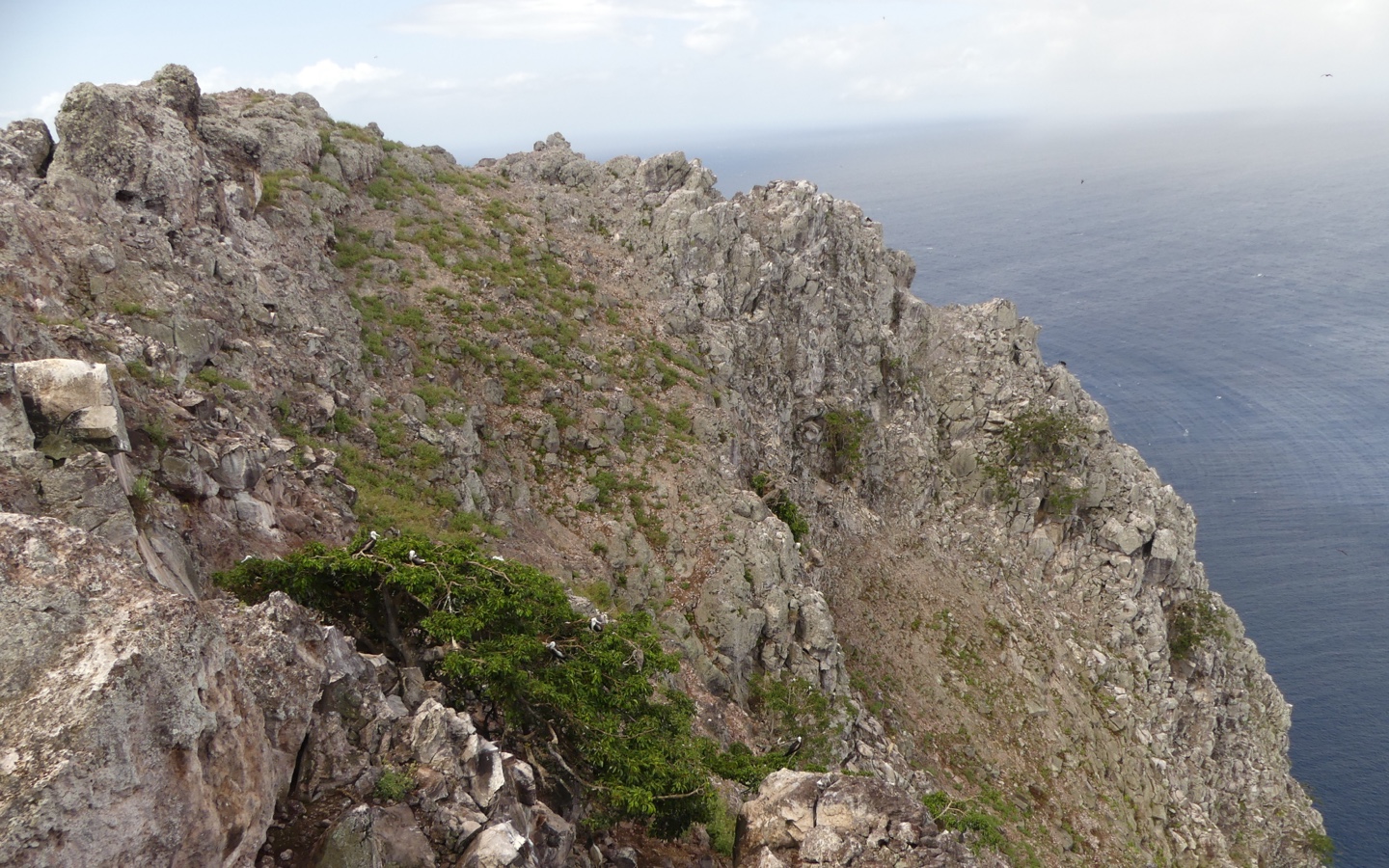
Read more: Climate Change is Causing Animal Species to Shrink
“The call for action was voiced and echoed in 2009 at a conference of approximately 23 Caribbean islands that identified Redonda as the region’s top priority island for restoration,” says Bradshaw. “This was due to its important seabird colony, its support of unique globally threatened wildlife and its prospect of success.”
Cue Re:wild and its partners who stepped in to save the island. Their first task: removing invasive goats and rodents. The initiative took seven years of in-depth planning, a bit of ingenuity, and considerable effort to convince sponsors that the island could be restored. But in 2017, on-the-ground teams from FFI, EAG, British Mountaineering Council, and Wildlife Management International Ltd were eventually able to airlift and rehome the remaining feral goats on neighboring Antigua and rid the island of every one of its more than 6,000 rats.
Free of invasive mammals, Re:wild and its partners gave Redonda the space and time to heal. And heal it did.
“Although it’s one small island, it can make a global impact.”
When Shanna Challenger — program coordinator for the Redonda Restoration Program at the time the rats and goats were removed — revisited the island, she was astounded by its transformation.
By 2019, biodiversity monitoring indicated the number of Redonda ground lizards had increased eight-fold, Redonda tree lizard counts had increased three-fold, and the number of species of birds on the island grew from nine to 23. Plant biomass and the abundance of invertebrates also skyrocketed by more than 20-fold, signifying the recovery of rare native species and important ecosystem processes.

Read more: How Indigenous Groups Are Leading the Way on Conservation
“This has been the opportunity of a lifetime — witnessing the rebirth of an island. Changes forecasted to happen in five years occurred within months,” says Challenger. “Our conservation efforts really show the benefits of invasive species removal on Caribbean island ecosystems.
The resilience of Redonda’s plant and animal species is a testament to the power of our incredible planet and a reminder of why it’s critical to protect and preserve it so we can enjoy nature and its amazing creatures for generations to come.”
The Redonda Technical Advisory Committee, which includes Re:wild, Fauna & Flora International, Environmental Awareness Group, and other stakeholders, is currently assisting the national government to designate the nearly 30,000 hectares of land and sea around the island as a protected area. When passed, the committee will be able to make good on their protection and preservation plan so seabirds, lizards, plants, and sea life can continue to flourish now and in the future. The hope is to have the Caribbean island declared the Redonda Ecosystem Reserve by the end of 2022.
“It’s important to know that conservation can be executed on a local stage, that rewilding works. And now, Redonda is a model for island restoration on a global scale,” says Bradshaw. “Although it’s one small island, it can make a global impact.”
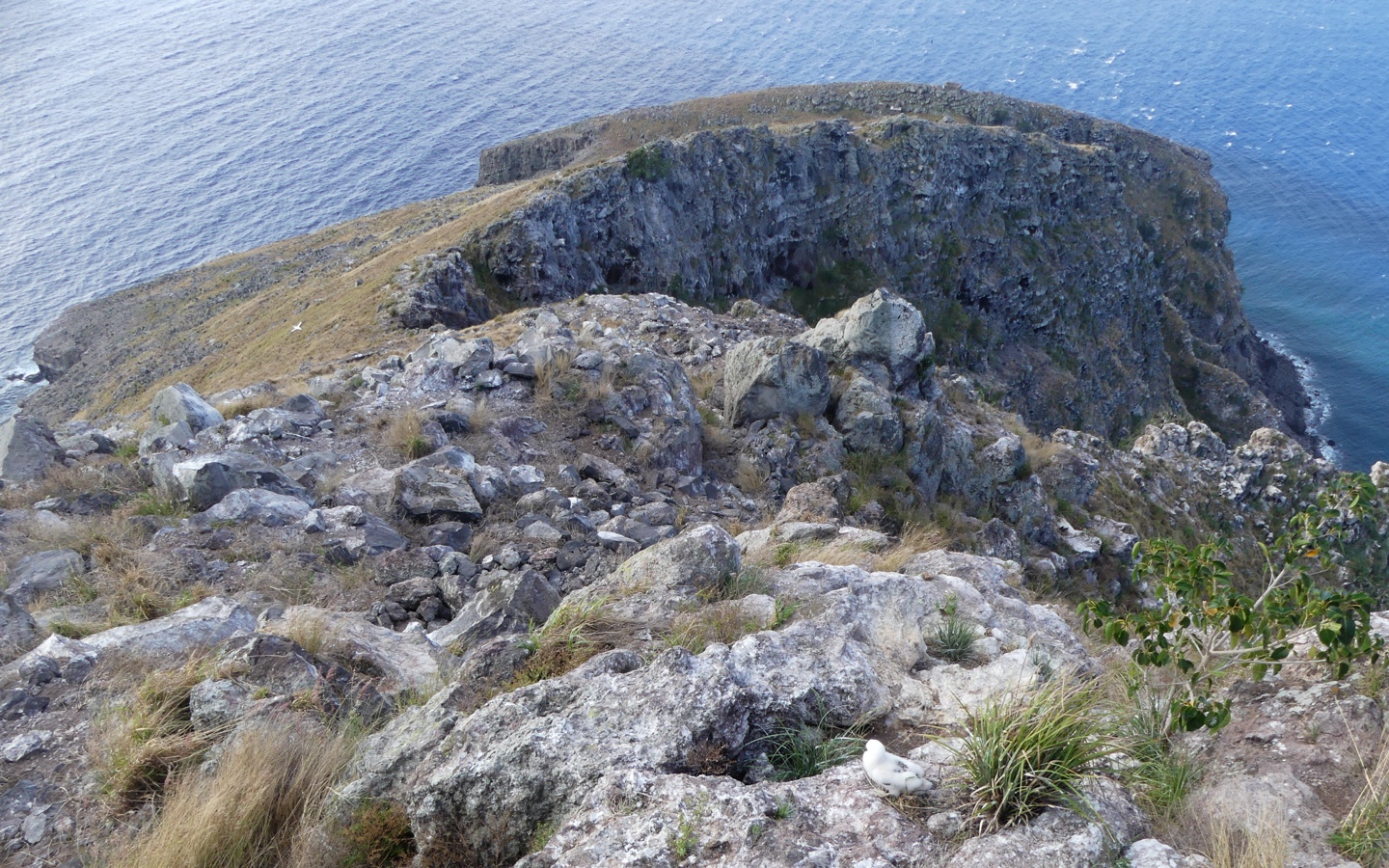

“Every time we work on a conservation program, we learn something new, and we have all been amazed by the speed with which Redonda’s flora and fauna are increasing,” says Daltry, who revisited the island with Bradshaw and Challenger in 2021 to confirm the ongoing rise in native wildlife populations. “We now plan to take some of the approaches and techniques we developed on Redonda to help local conservationists to restore more islands across the Caribbean region and beyond, and help halt the loss of their unique biodiversity”.
“We have to recognize that protecting our biodiversity can help us adapt to climate change and having healthy ecosystems will help us be more resilient to these extreme changes in climate.”
In the meantime, Re:wild’s partners are taking to the waters around Redonda. In the coming months, they’ll be embarking on a series of marine surveys to determine which species are present and their status and management needs. The recovery of the island and its globally important seabird colonies is expected to lead to significant improvements in nearshore reefs. The team is also working on plans to reintroduce some of the species that were historically lost from Redonda, including native iguanas and burrowing owls.
“The hot topic is climate change and biodiversity, and here, we had this island that was losing all of its biodiversity,” says Bradshaw. “We have to recognize that protecting our biodiversity can help us adapt to climate change and having healthy ecosystems will help us be more resilient to these extreme changes in climate.”
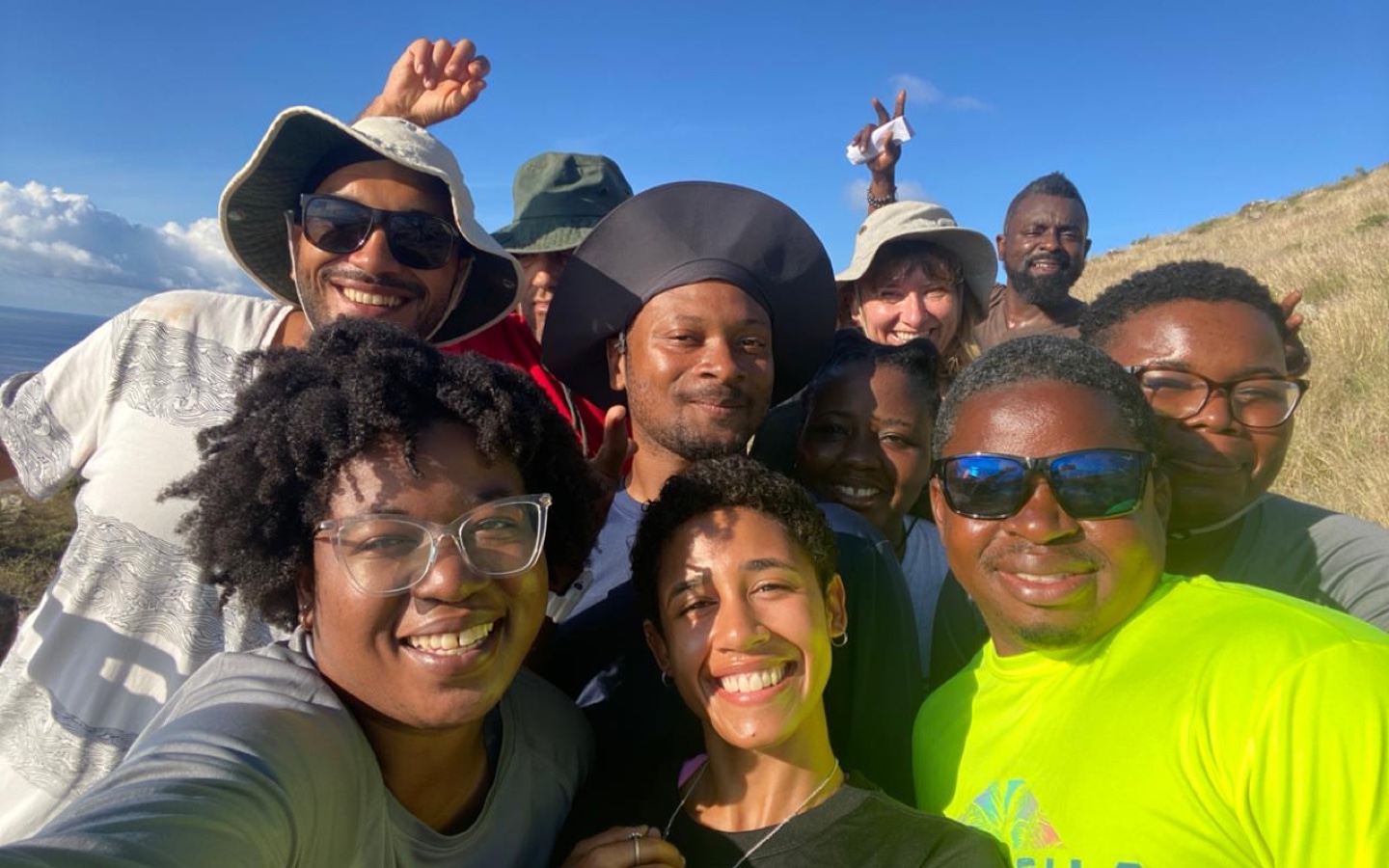
Read more: The Ambitious Plan to Preserve 30 Percent of the U.S. by 2030
Have feedback on our story? Email [email protected] to let us know what you think!

Shop Pillows
The Essential Organic Pillow Collection
Gentle, breathable, non-toxic support.




